(Avallon, 1740 - Paris, 1824)
Portrait of a man under the Revolution
Oil on canvas
H. 46 cm; L. 37 cm
Circa 1793-95
This beautiful unsigned portrait instinctively took us back to the stylistic repertoire of Antoine Vestier, notably with this serene face, this simple pose and a striped garment regularly present in the artist's portraits. However, on closer inspection, the work did not seem to present this silky or satiny side in the touch or this little knowing smile which animates most of the faces painted by the Burgundian artist. While possessing a remarkable quality of execution, it had a drier side. We have reviewed most of the portrait painters from the end of the 18th century, famous or less known, but none really corresponded to ours. It was by closely observing a portrait of a woman by Vestier at the National Museum in Stockholm that we finally came back (both by elimination and by rapprochement) on an attribution to Vestier, with the reservations mentioned previously: the material, the complexions, the mouth, the earlobe, the shine work on the nose, the wig with the rollers highlighted with delicate impasto, the writing of the eyebrows, the treatment of the eyelids are really very comparable. As is very often the case with Vestier, the background is neutral, and the whole gives off an impression of sobriety, enhanced by the colors of the elegant garment. As for the model, one would be tempted to see a revolutionary close to Robespierre, whose physiognomy is not so far removed. His kind gaze, both energetic and gentle, challenges the viewer, not without displaying a slight feeling of satisfaction and superiority. Trained under Jean-Baptiste Pierre, Vestier quickly devoted himself to the genre of portraiture, which he first practiced, and prolifically, in miniature. But he began exhibiting quite late at the Salon du Louvre, in 1785, almost at the same time as his reception at the Academy thanks to the support of Joseph-Siffred Duplessis. He was one of the most distinguished portrait painters of his time.


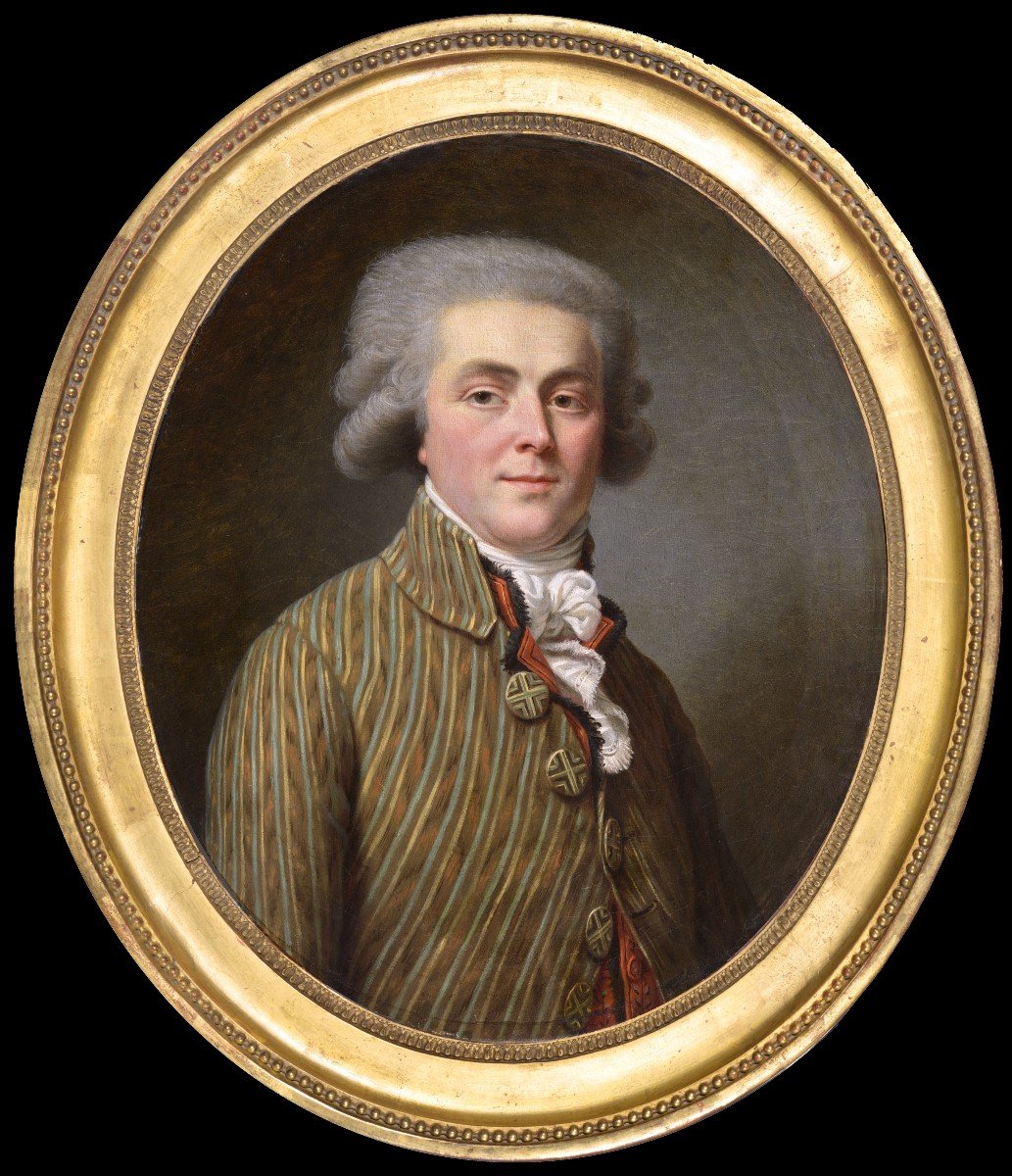
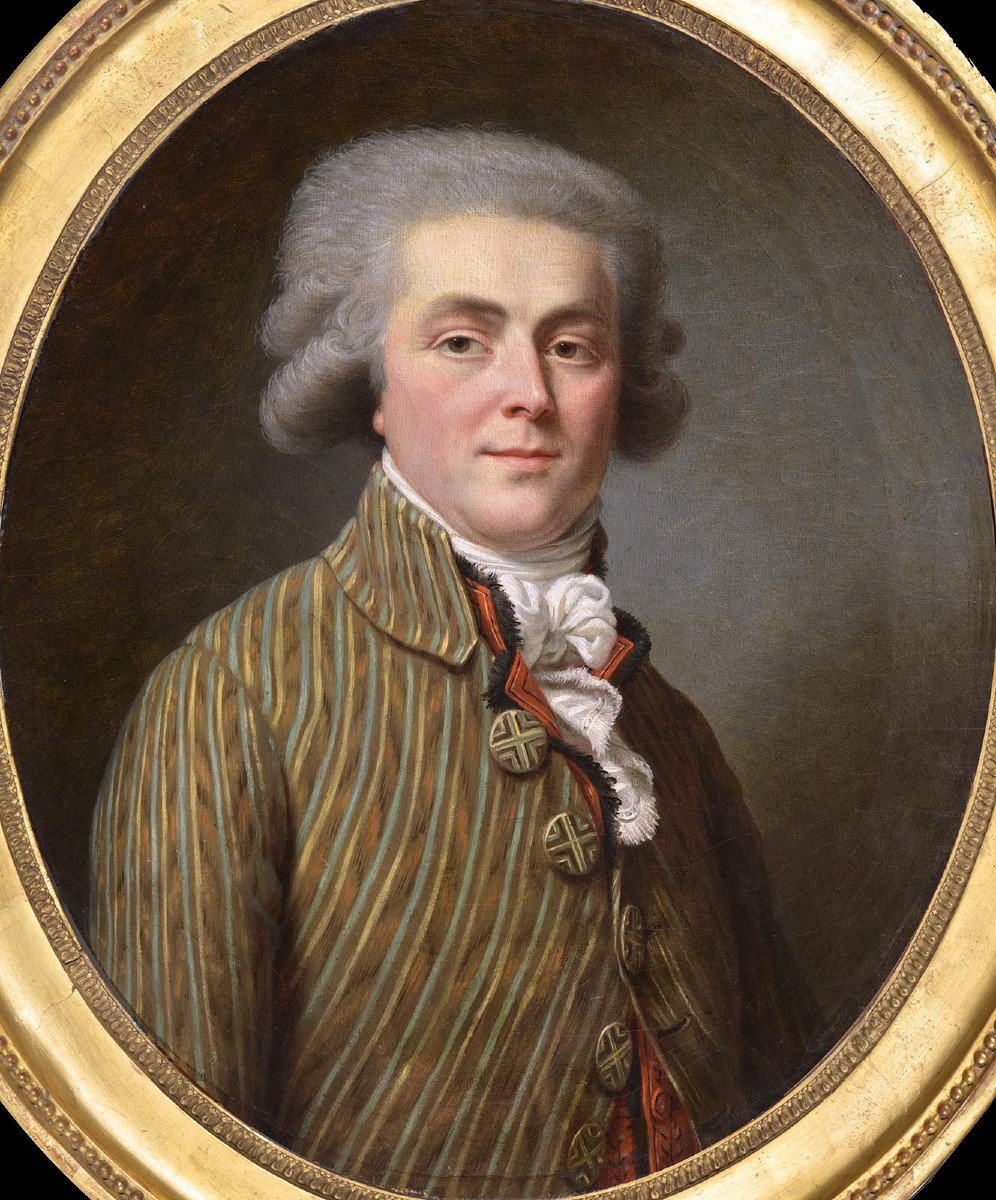

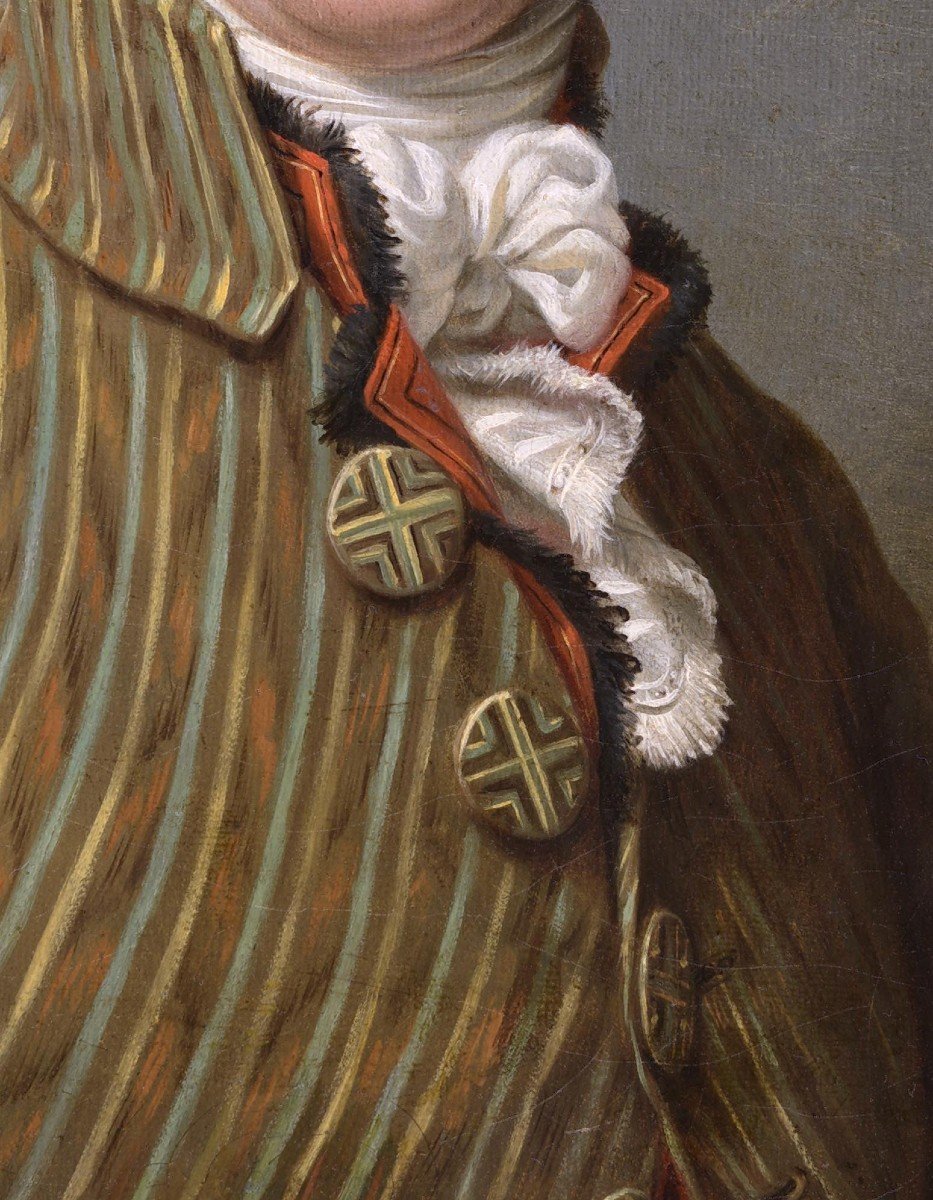
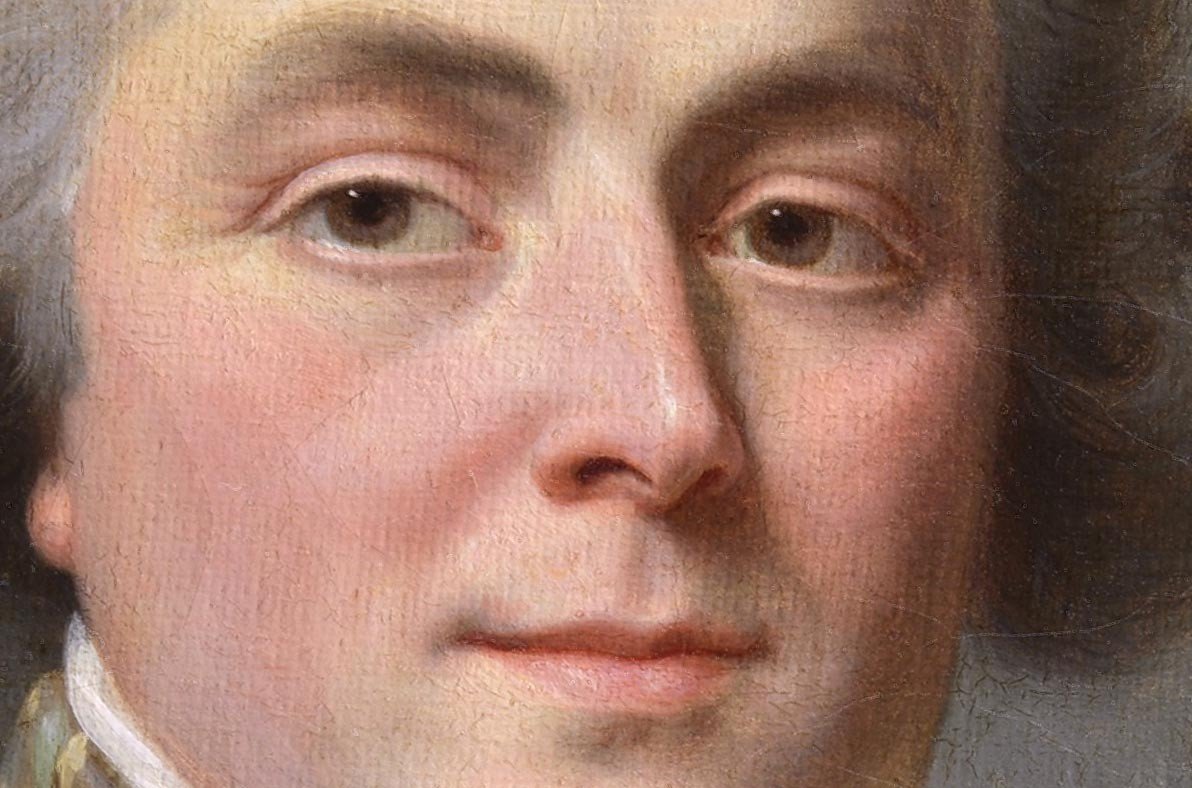
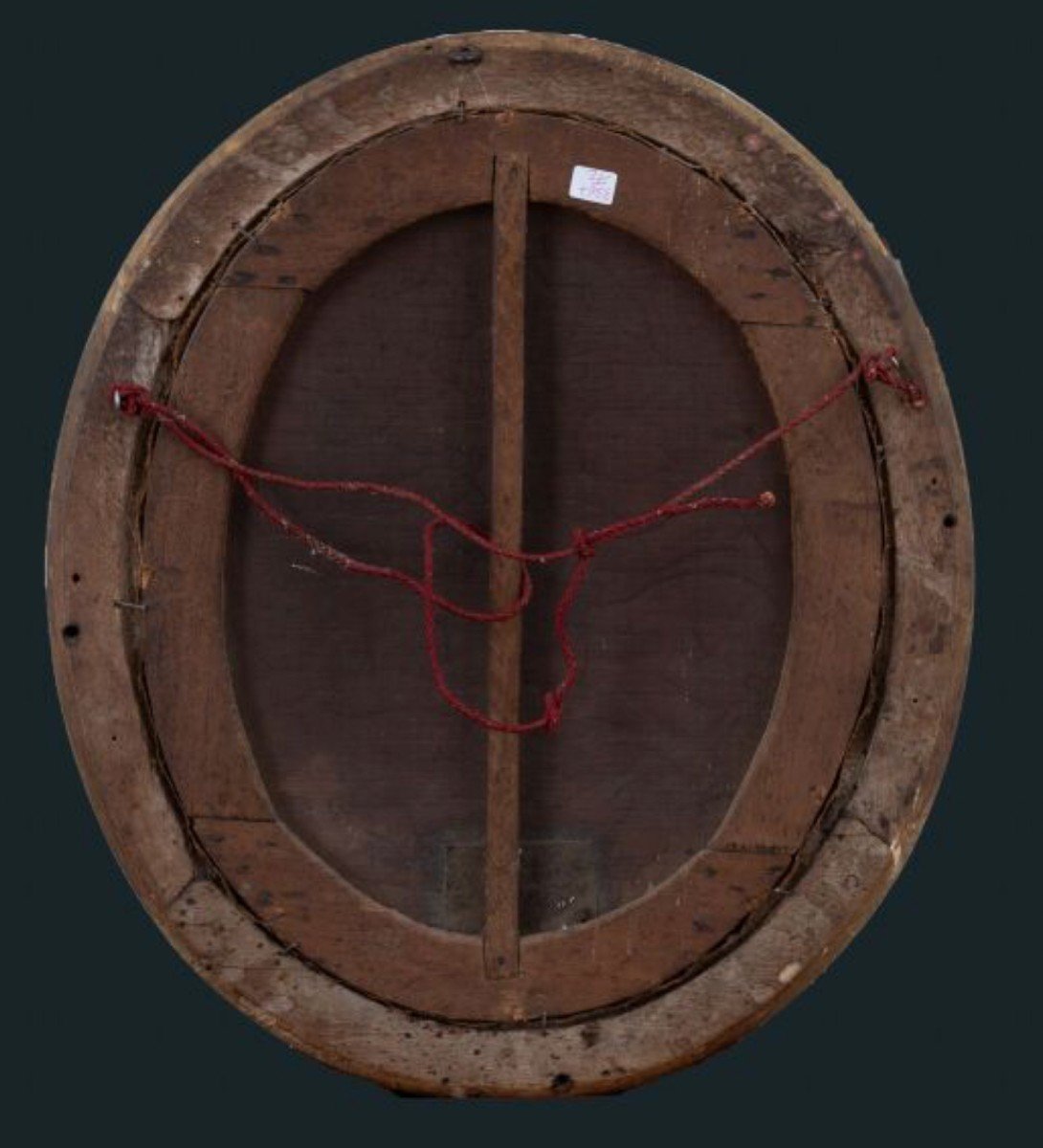








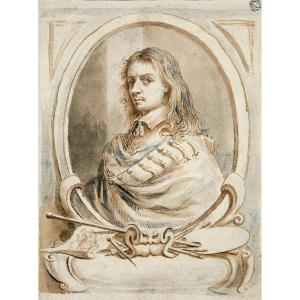


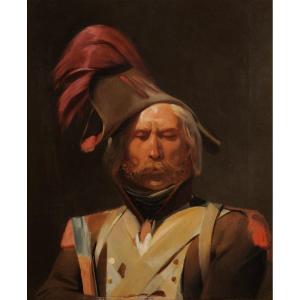



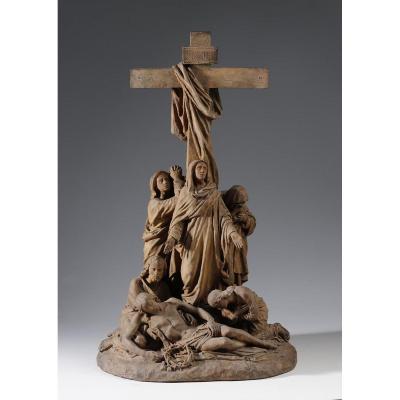
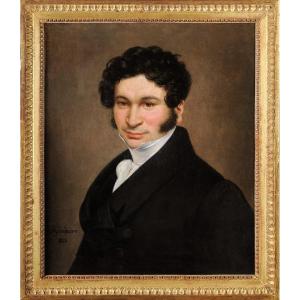
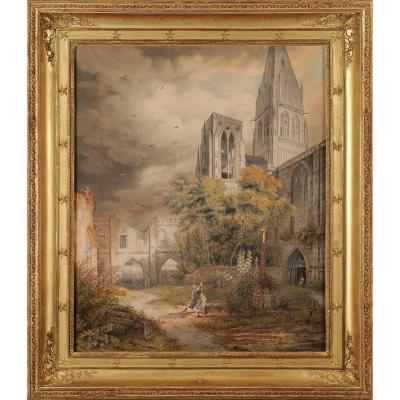

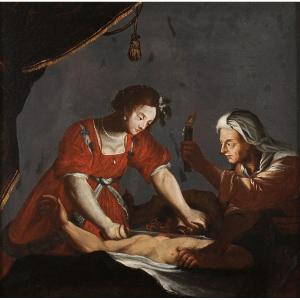
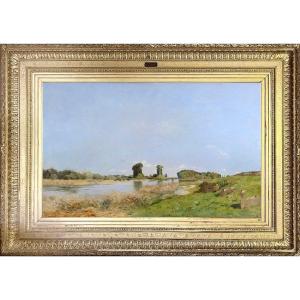
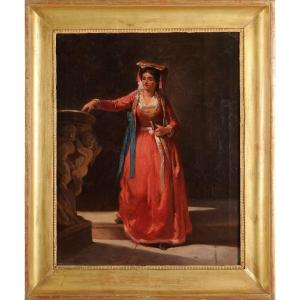








 Le Magazine de PROANTIC
Le Magazine de PROANTIC TRÉSORS Magazine
TRÉSORS Magazine Rivista Artiquariato
Rivista Artiquariato